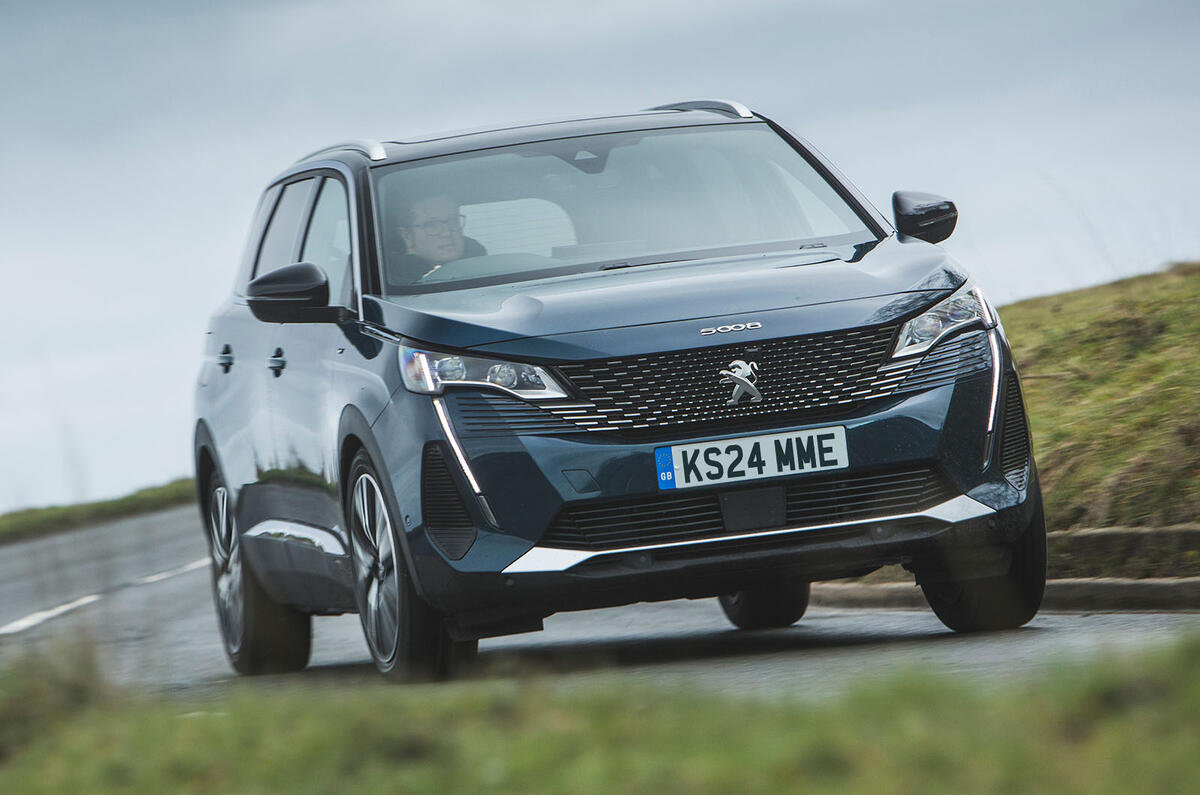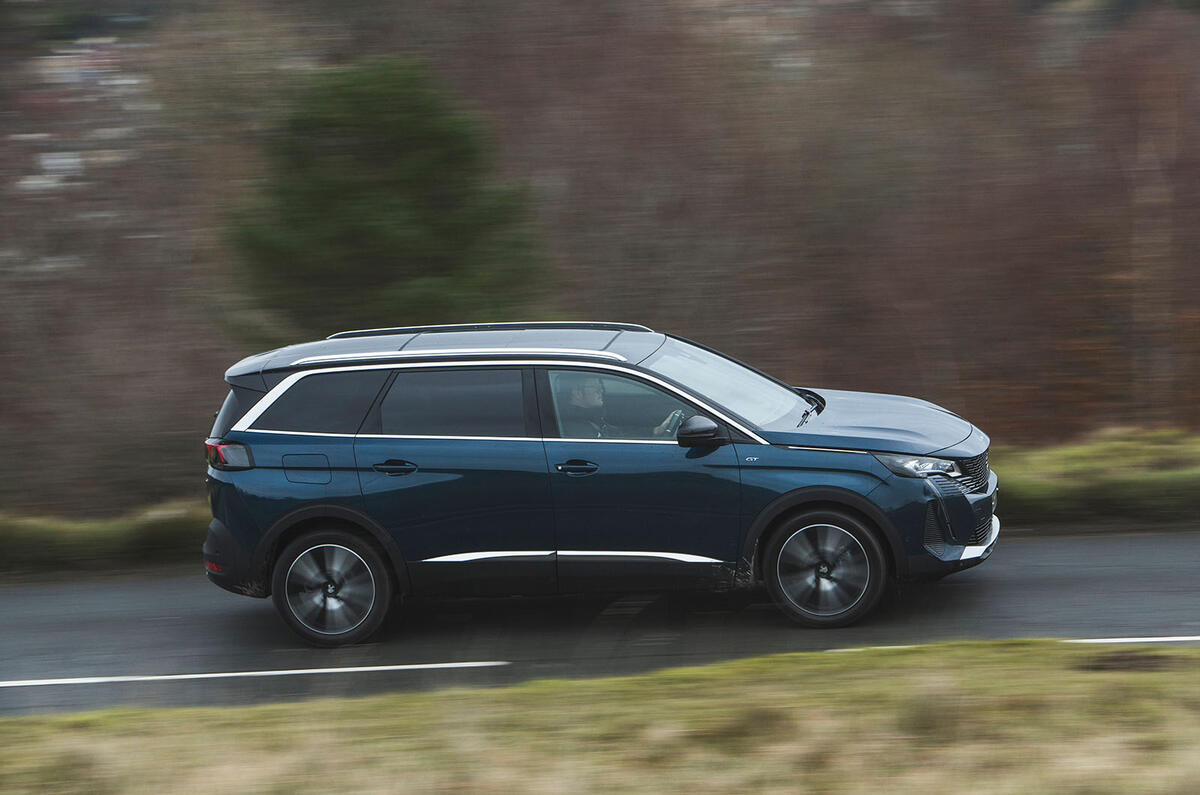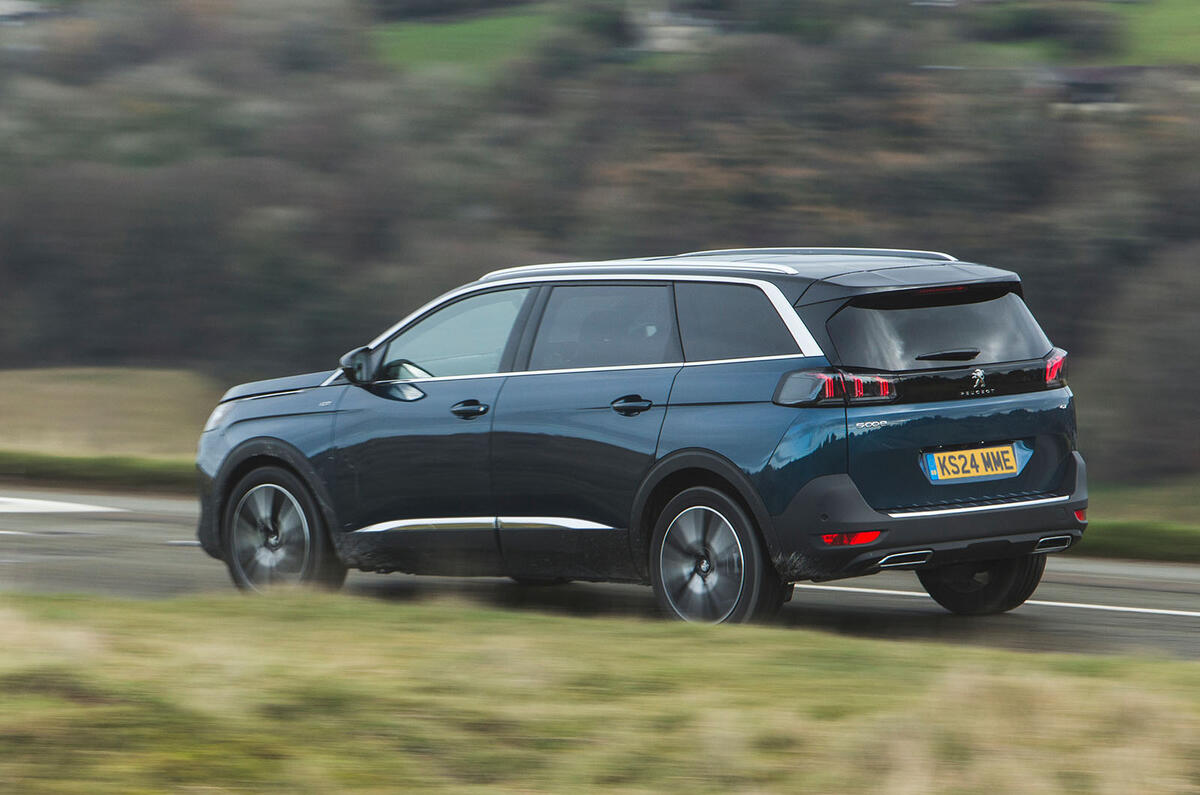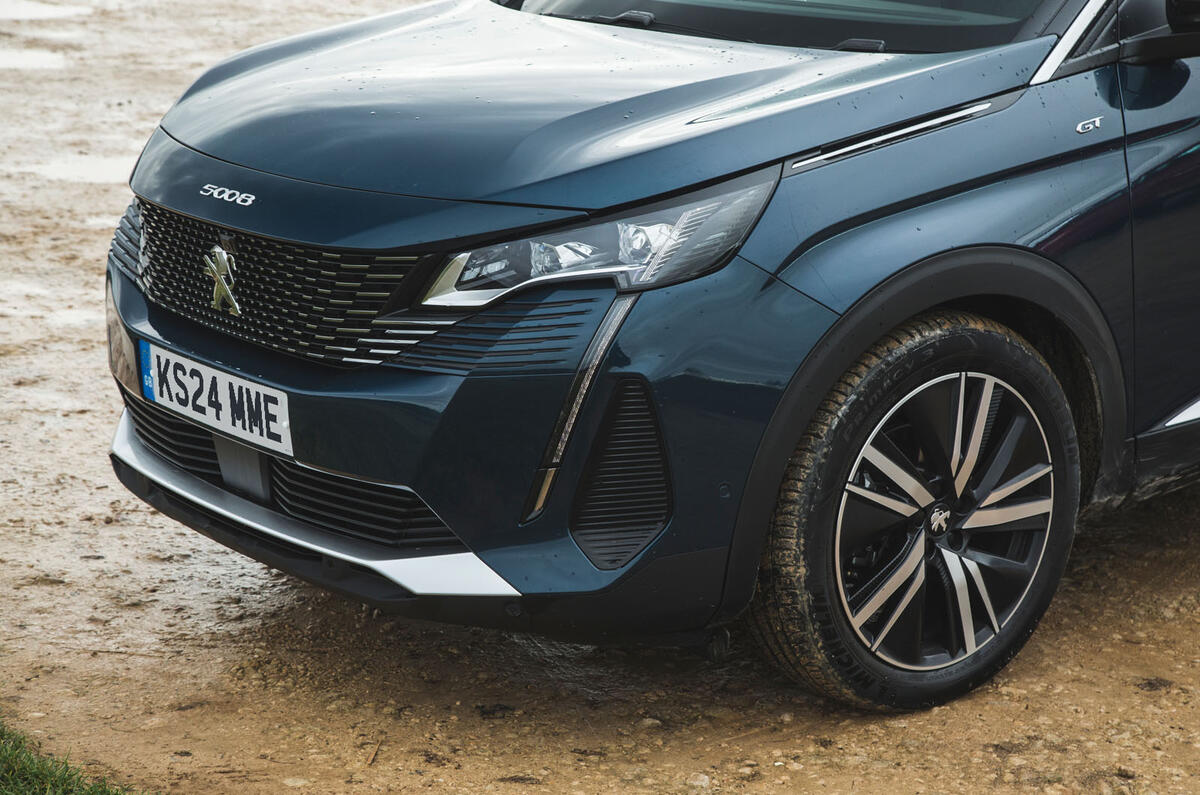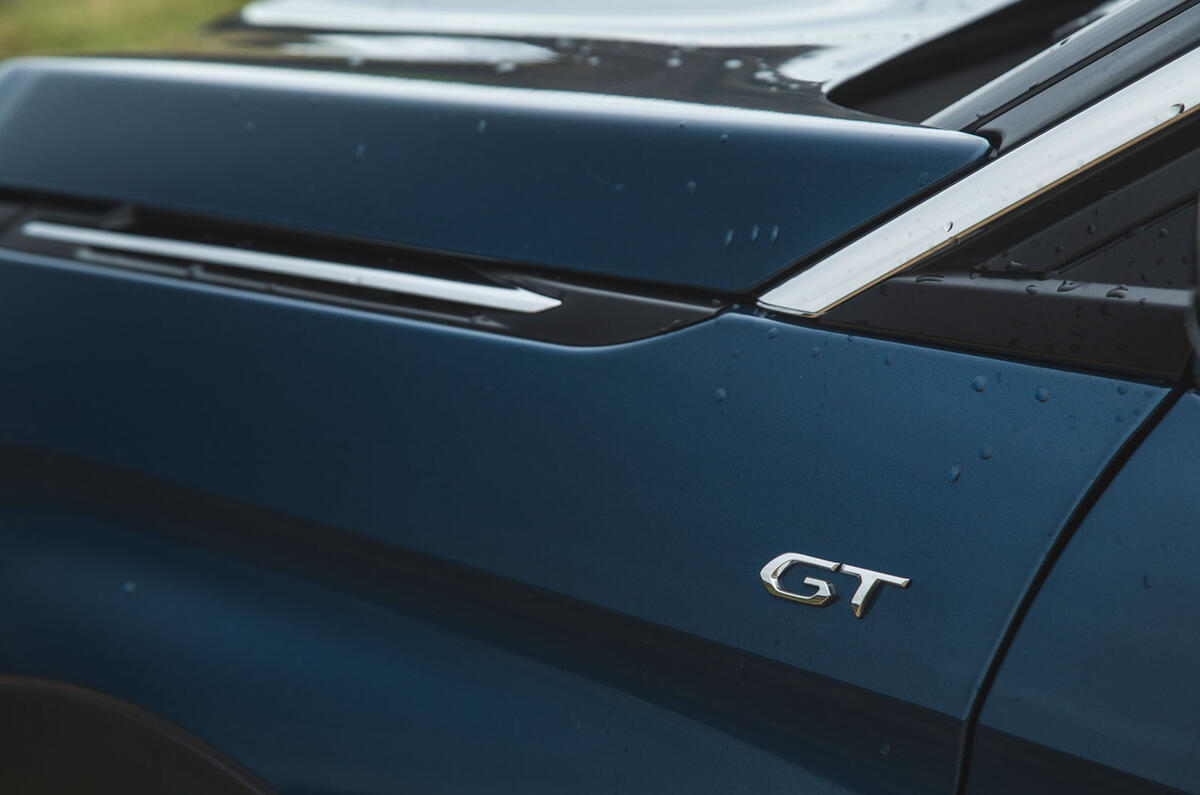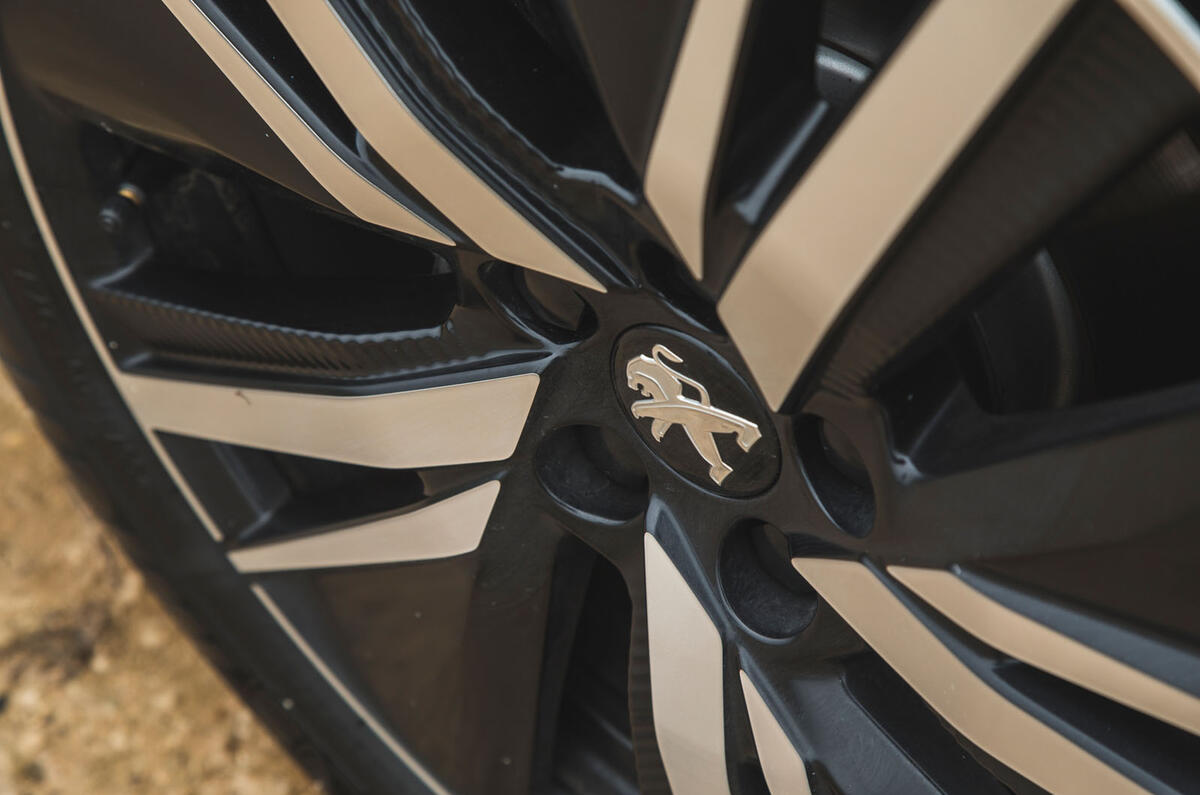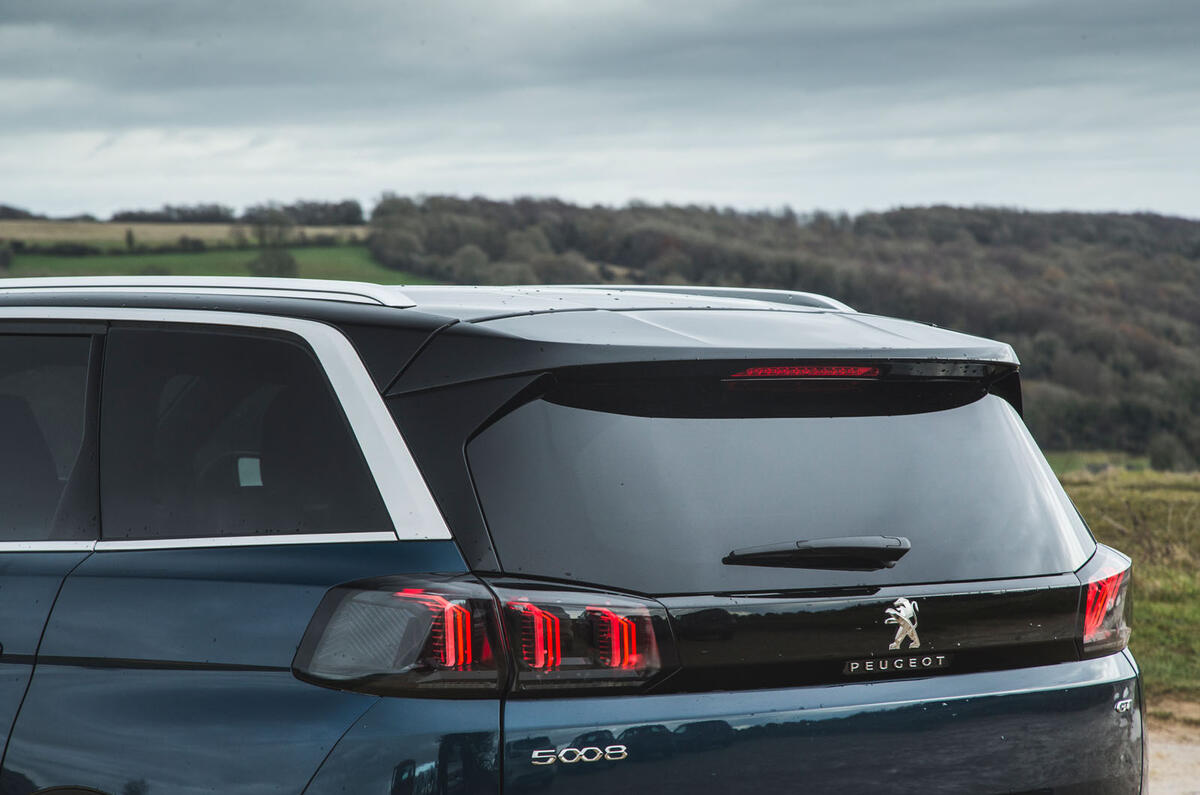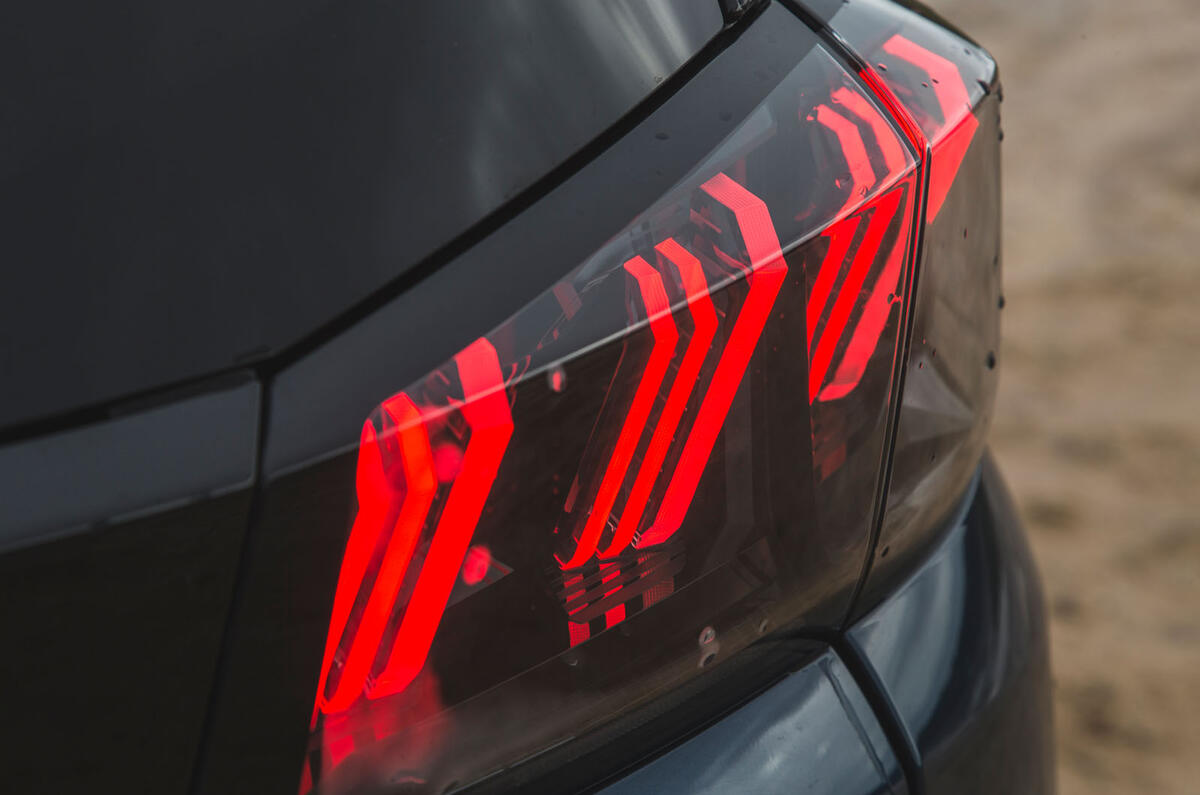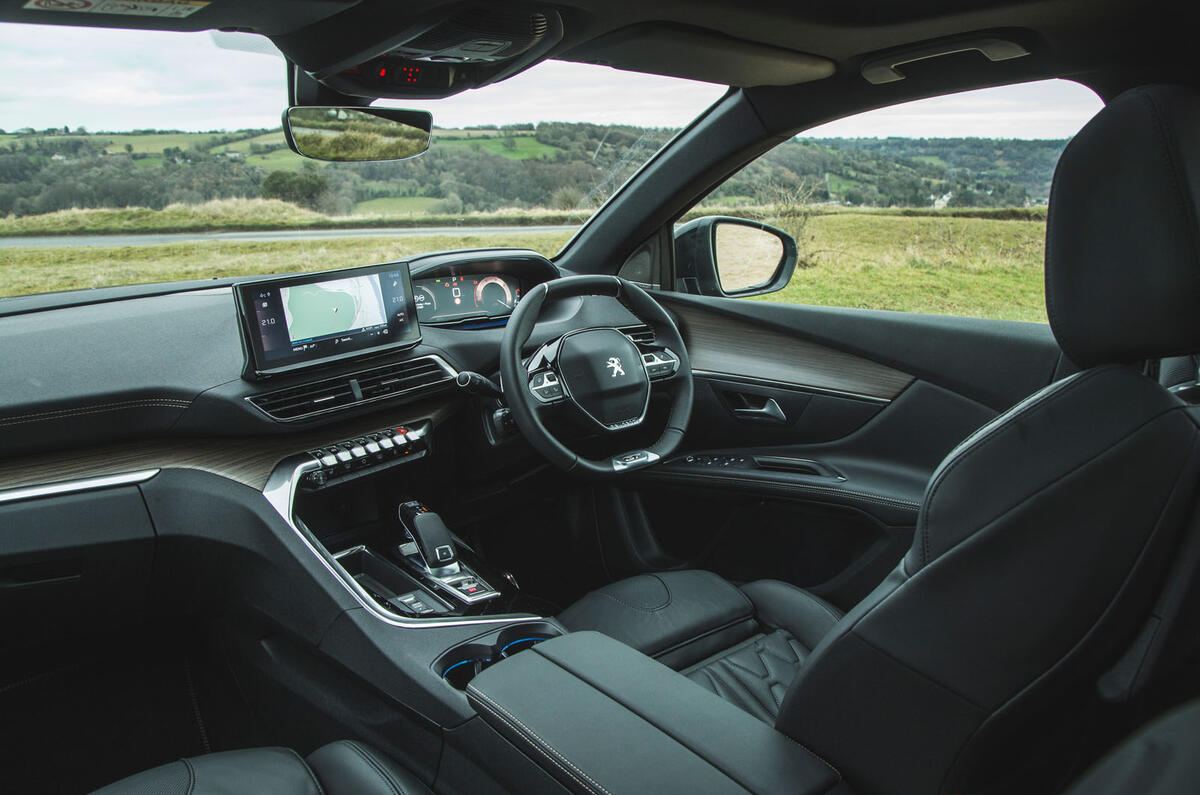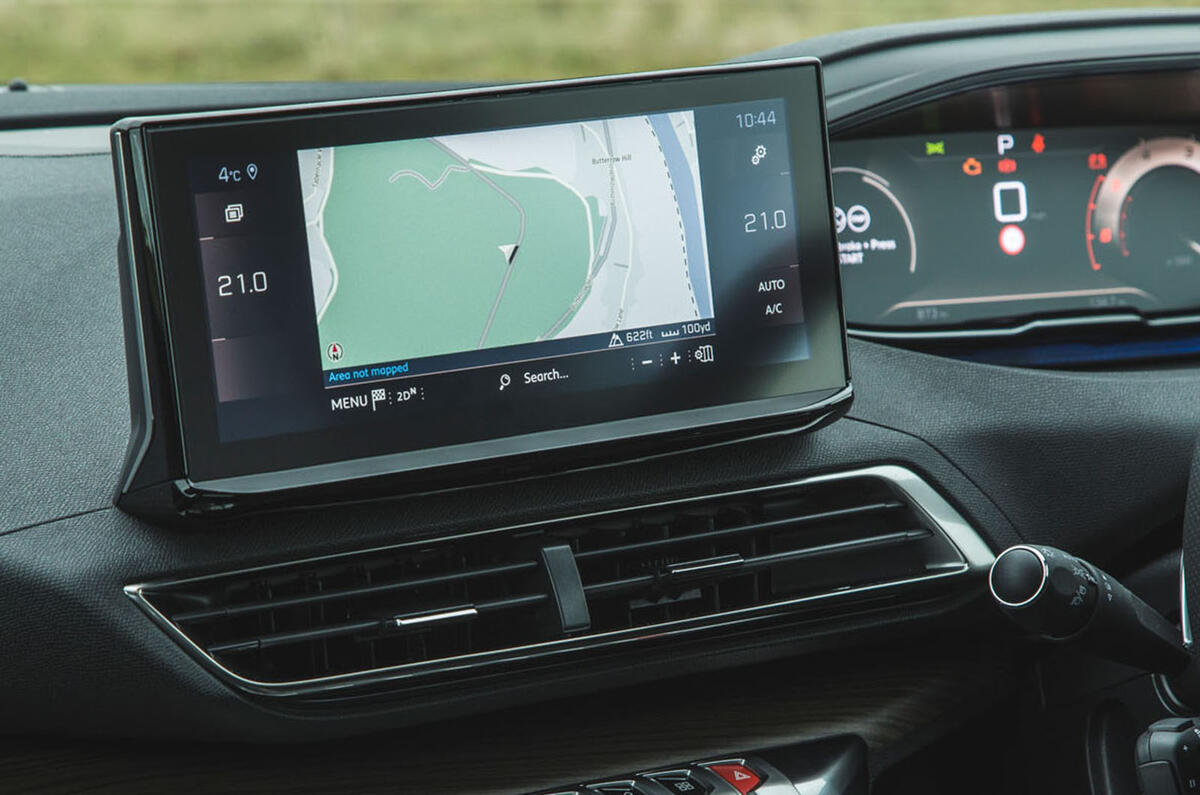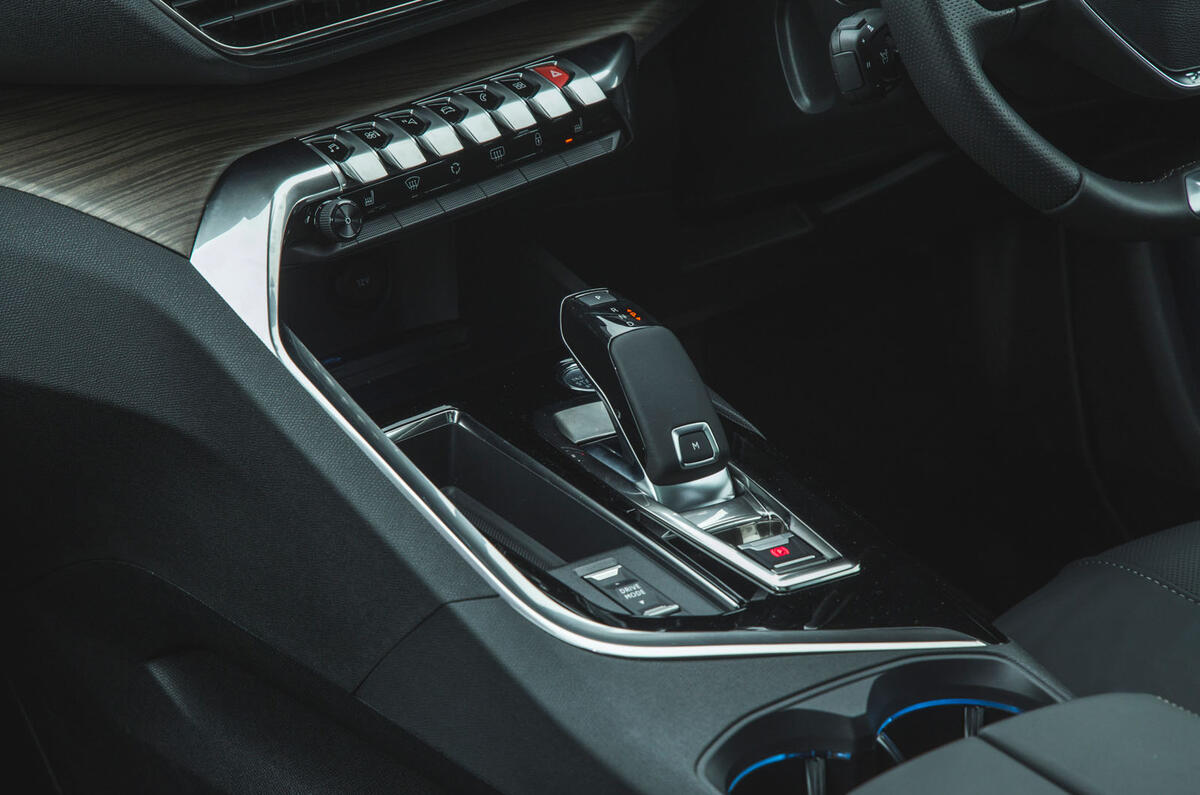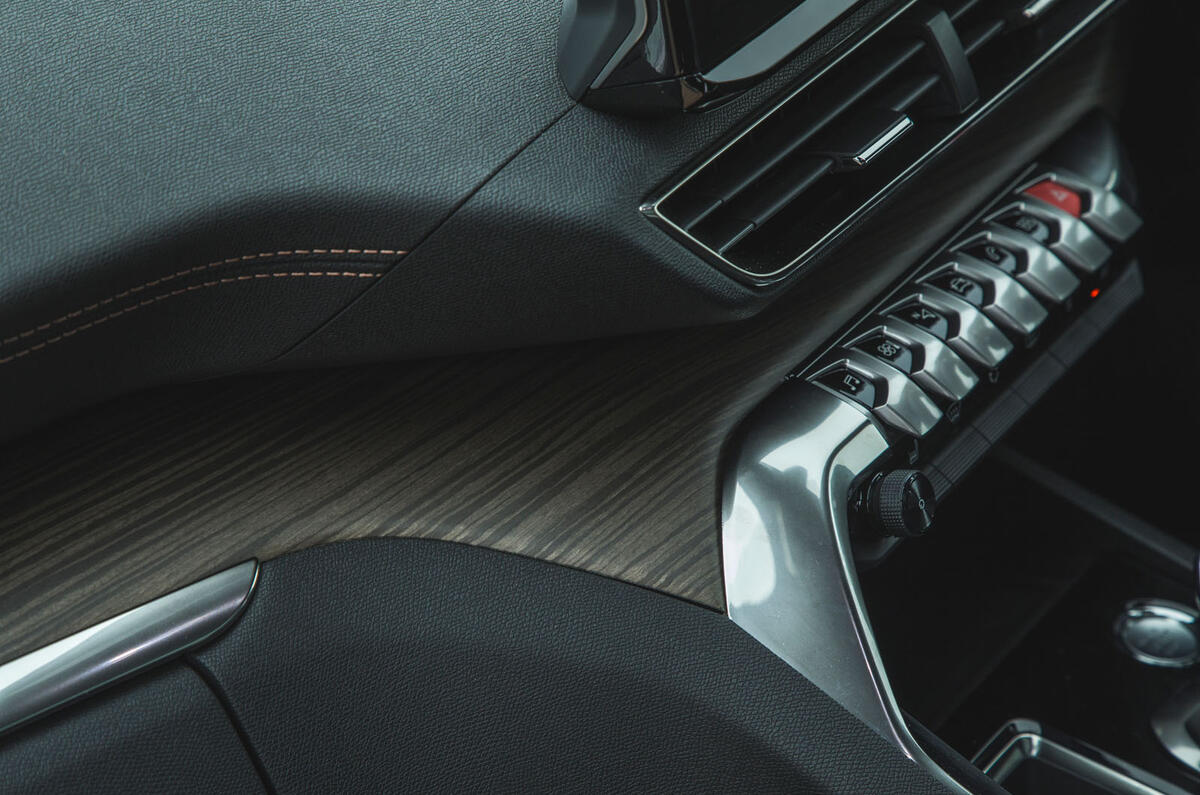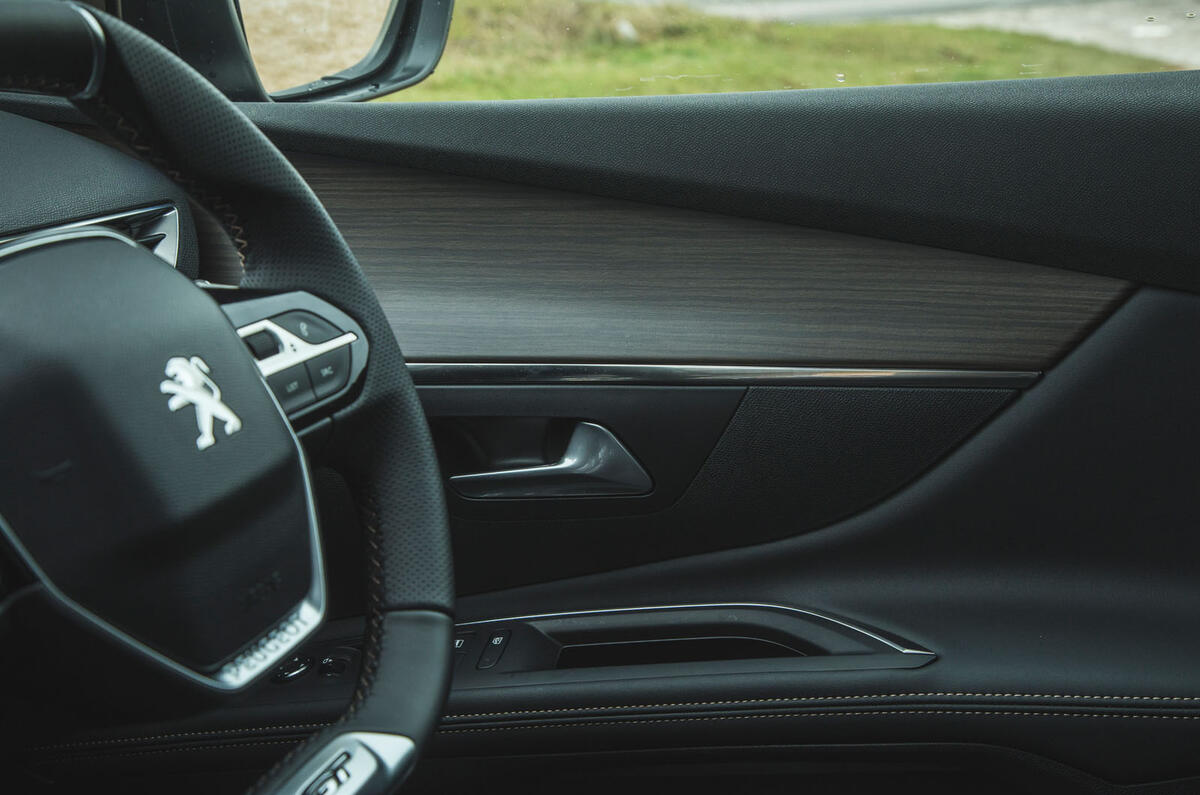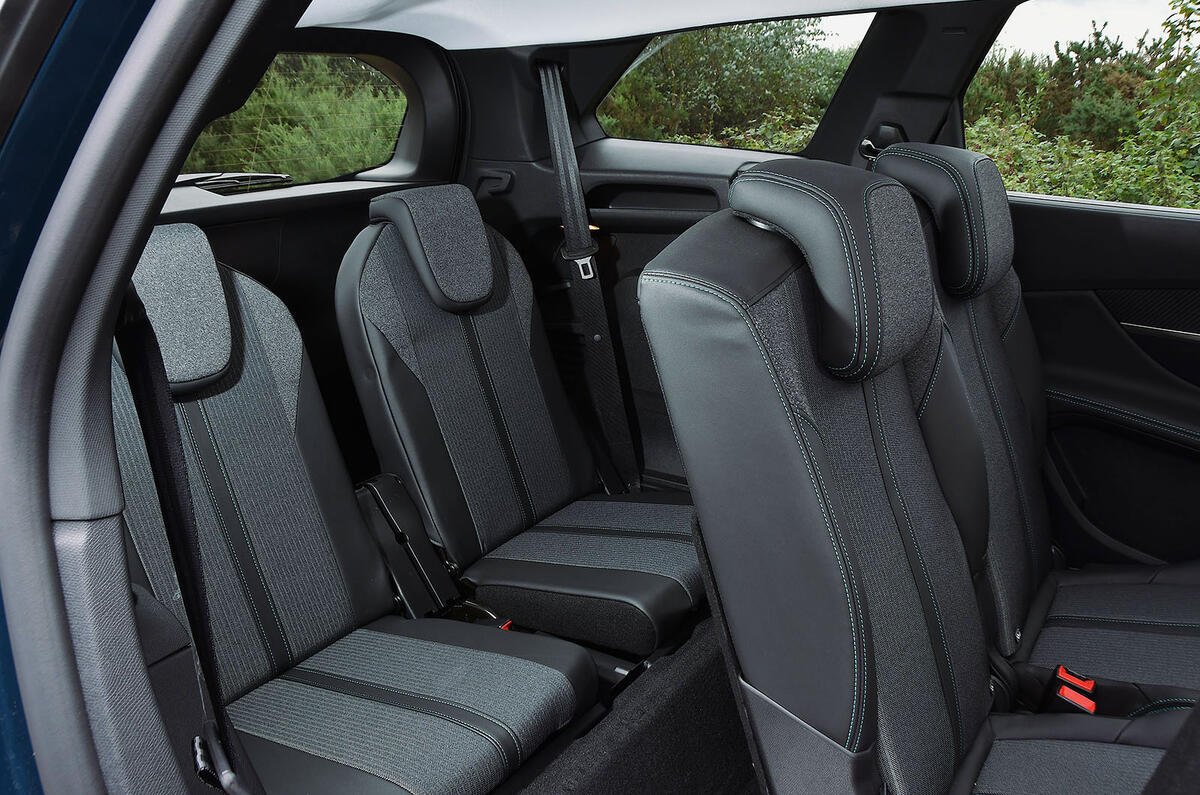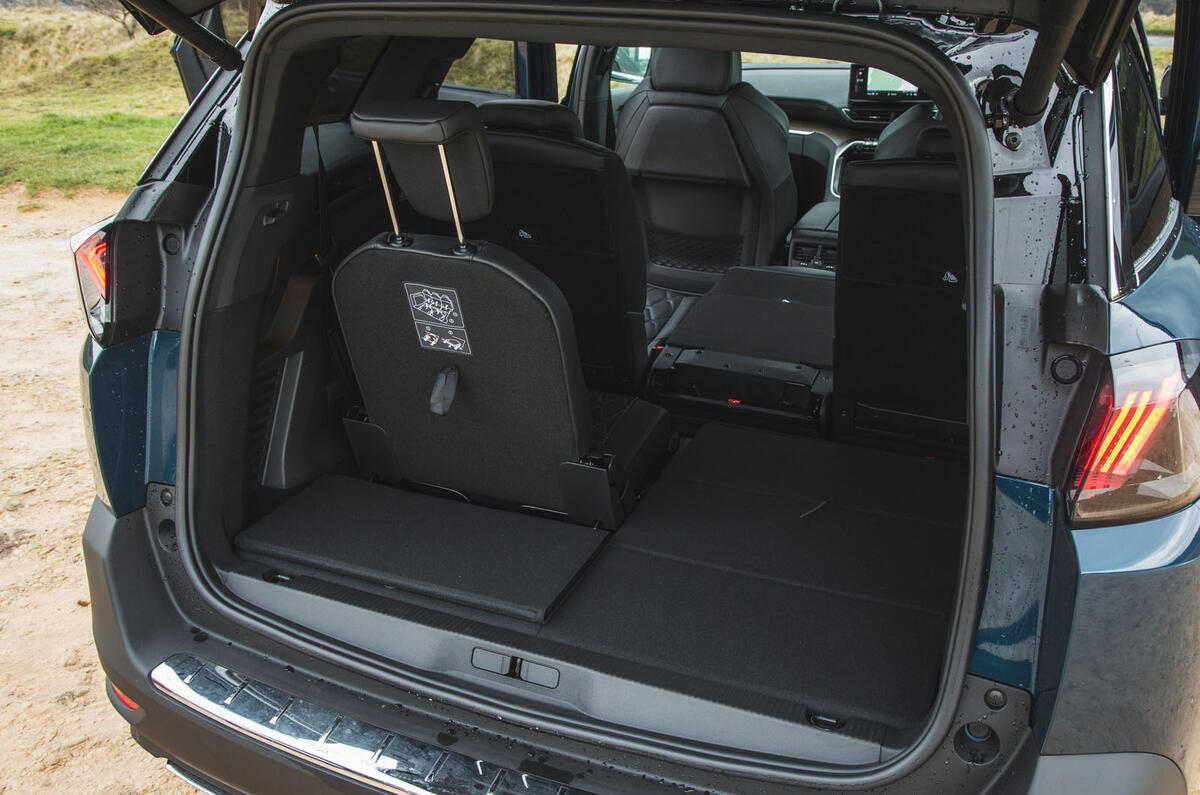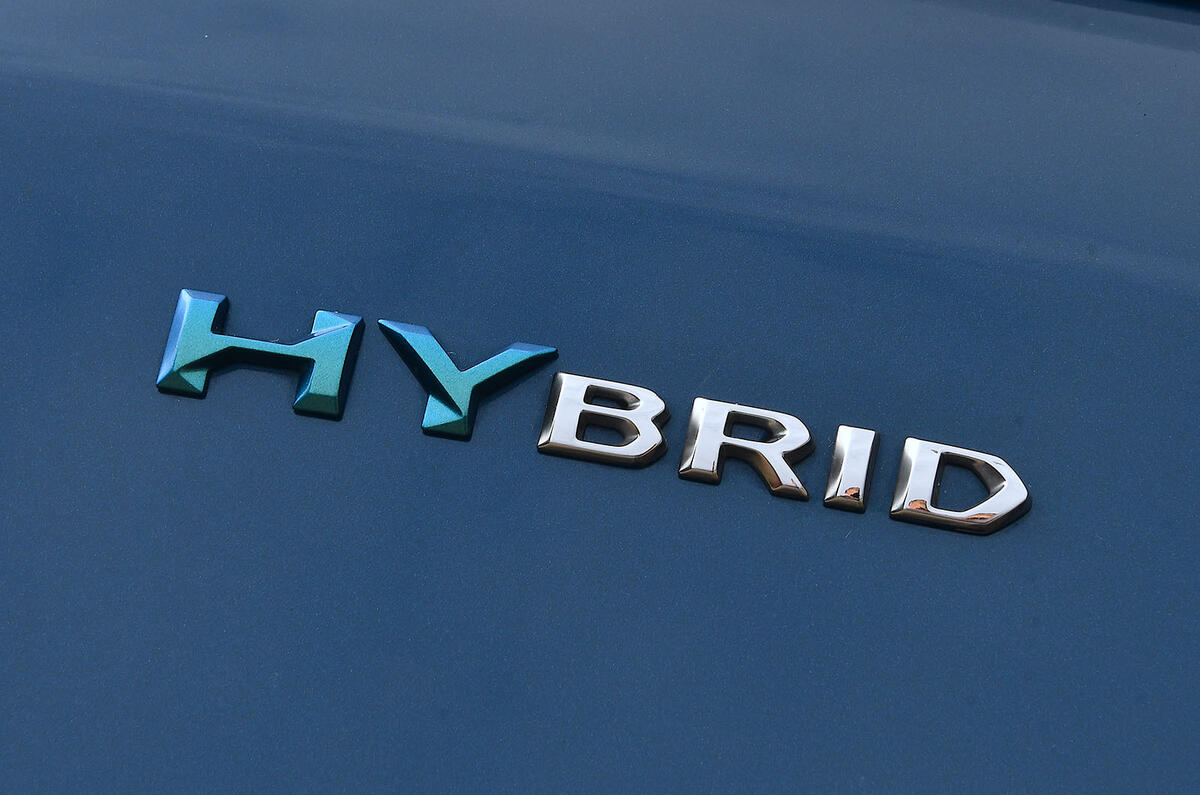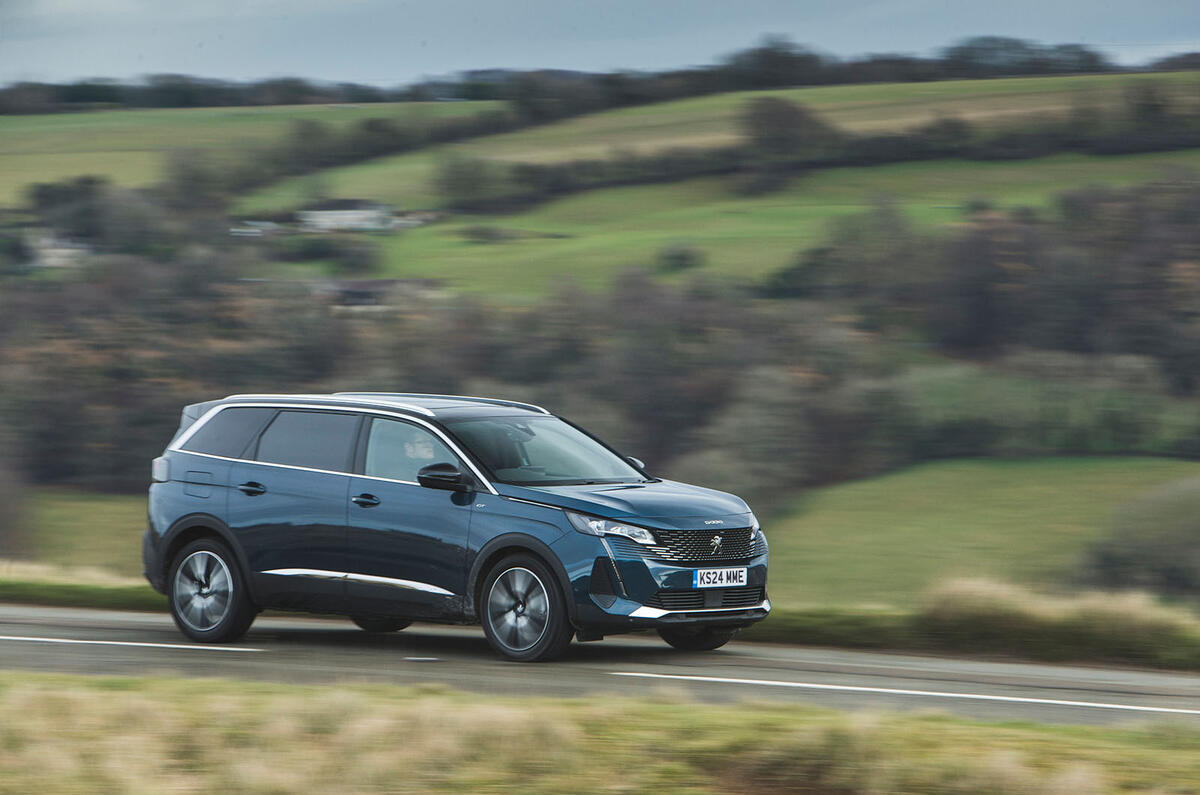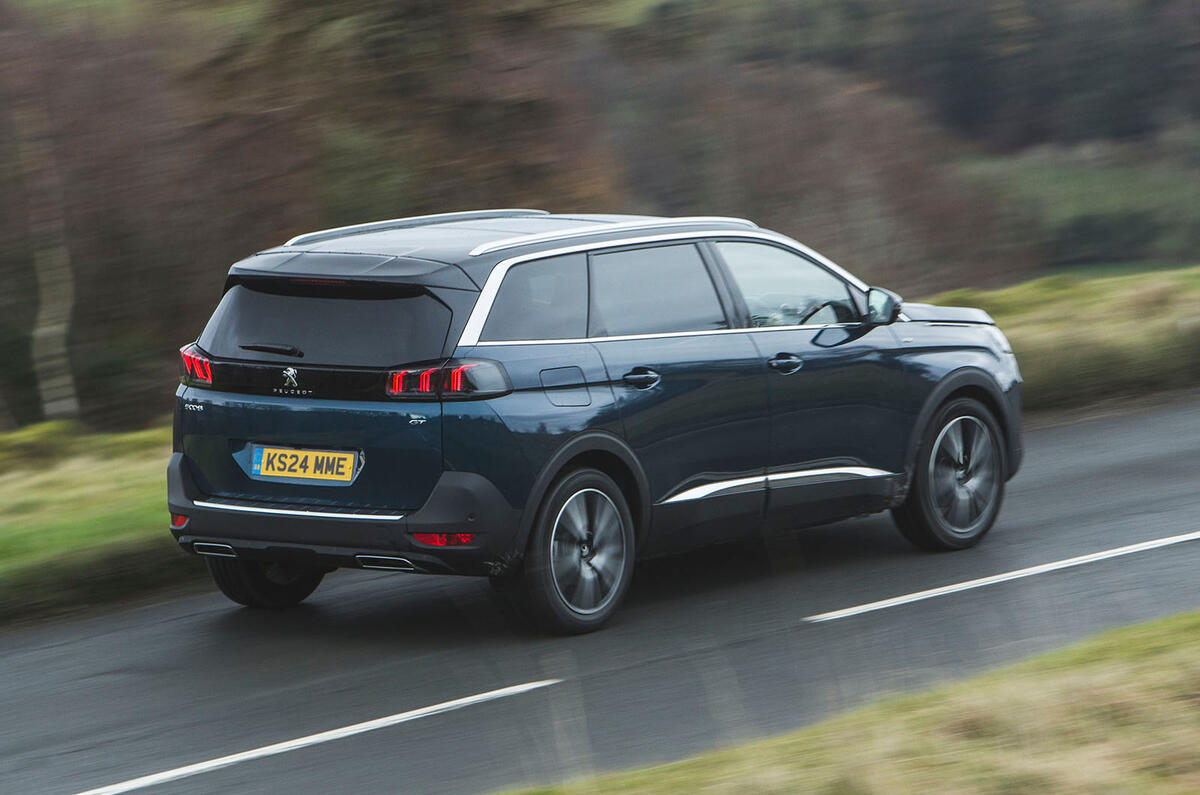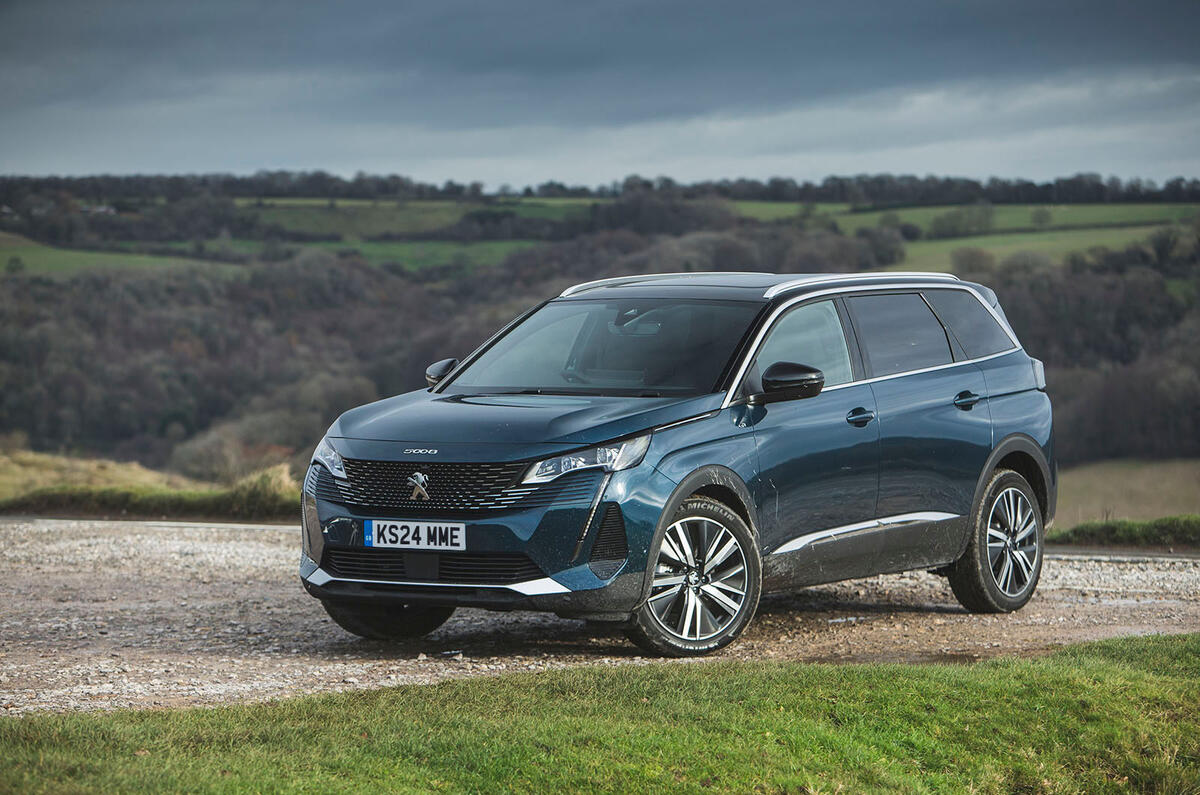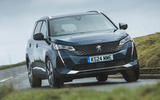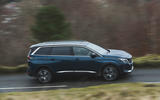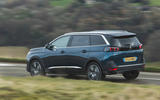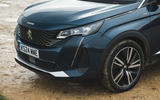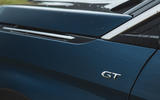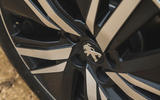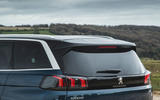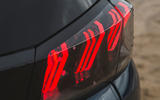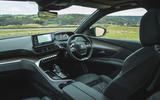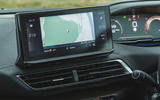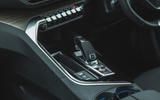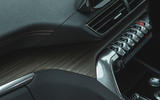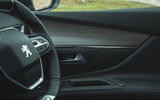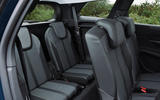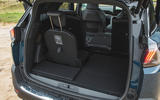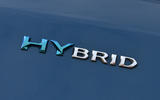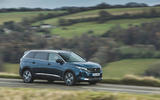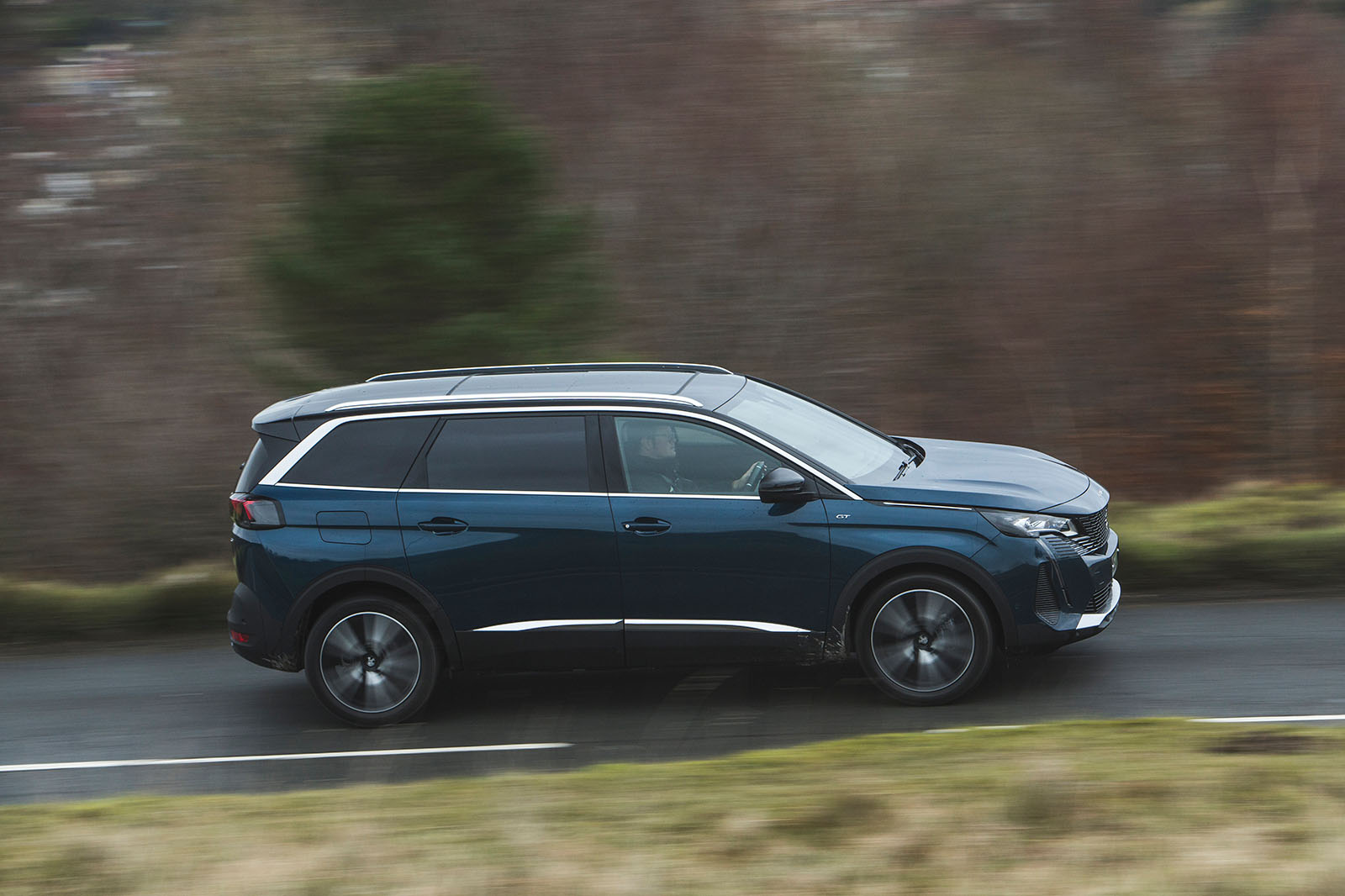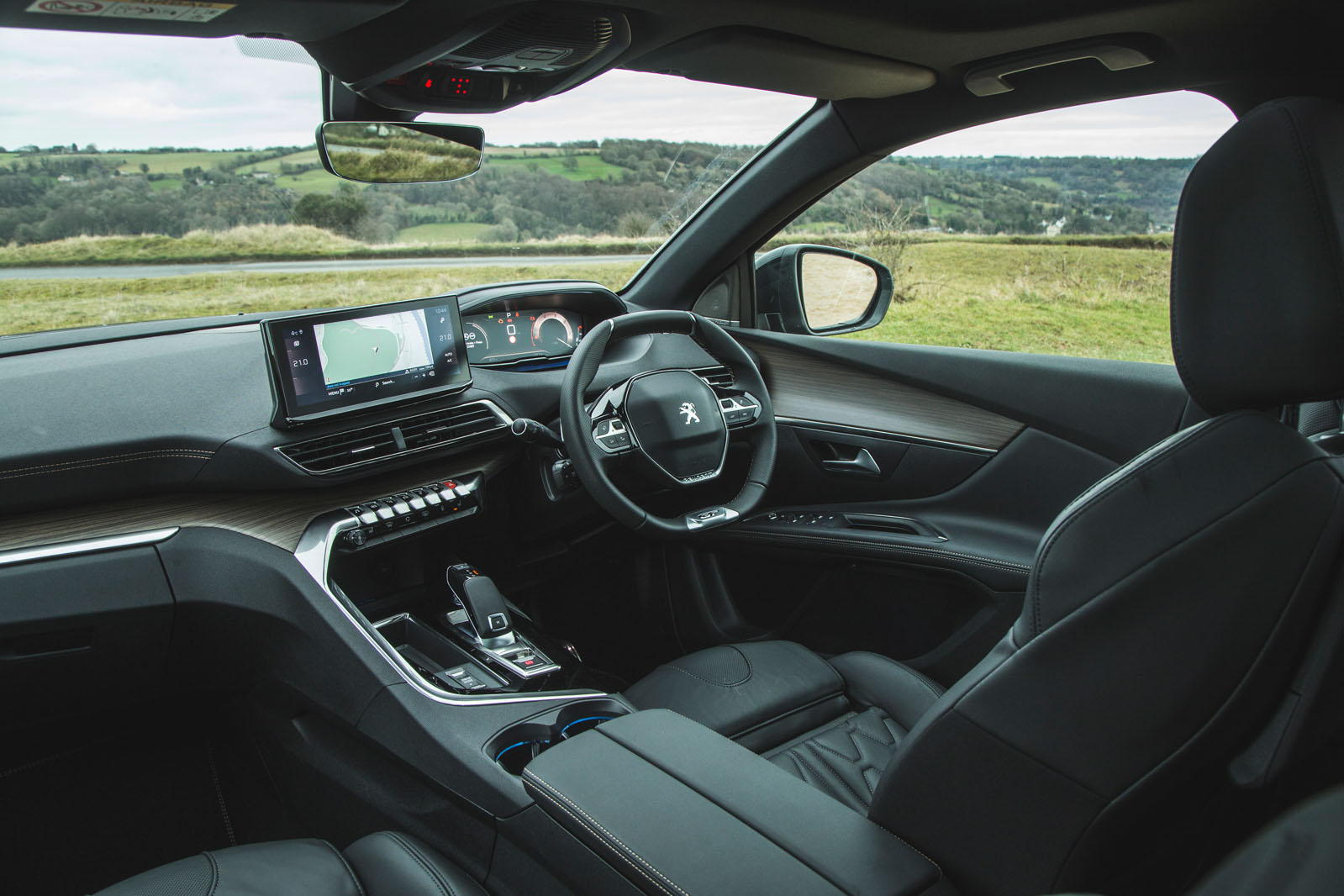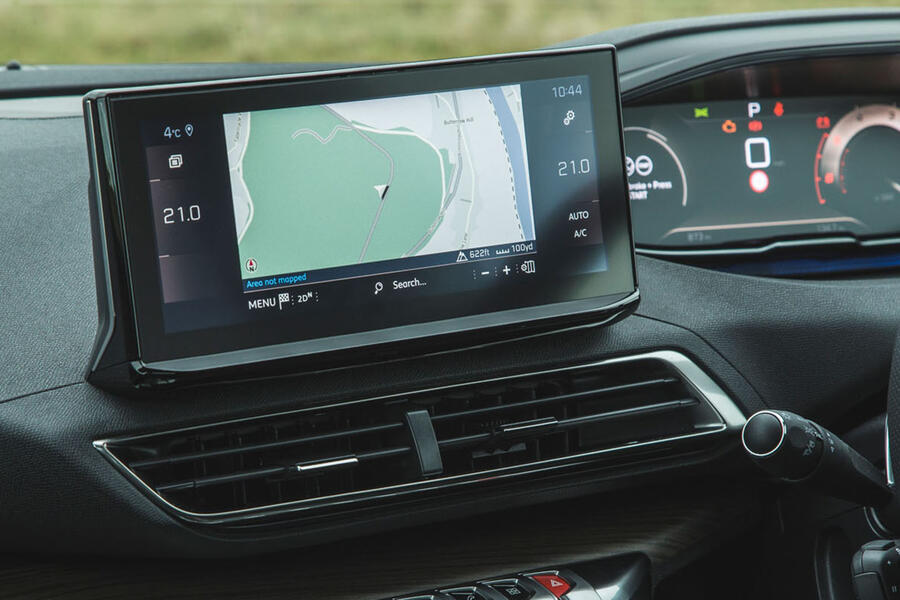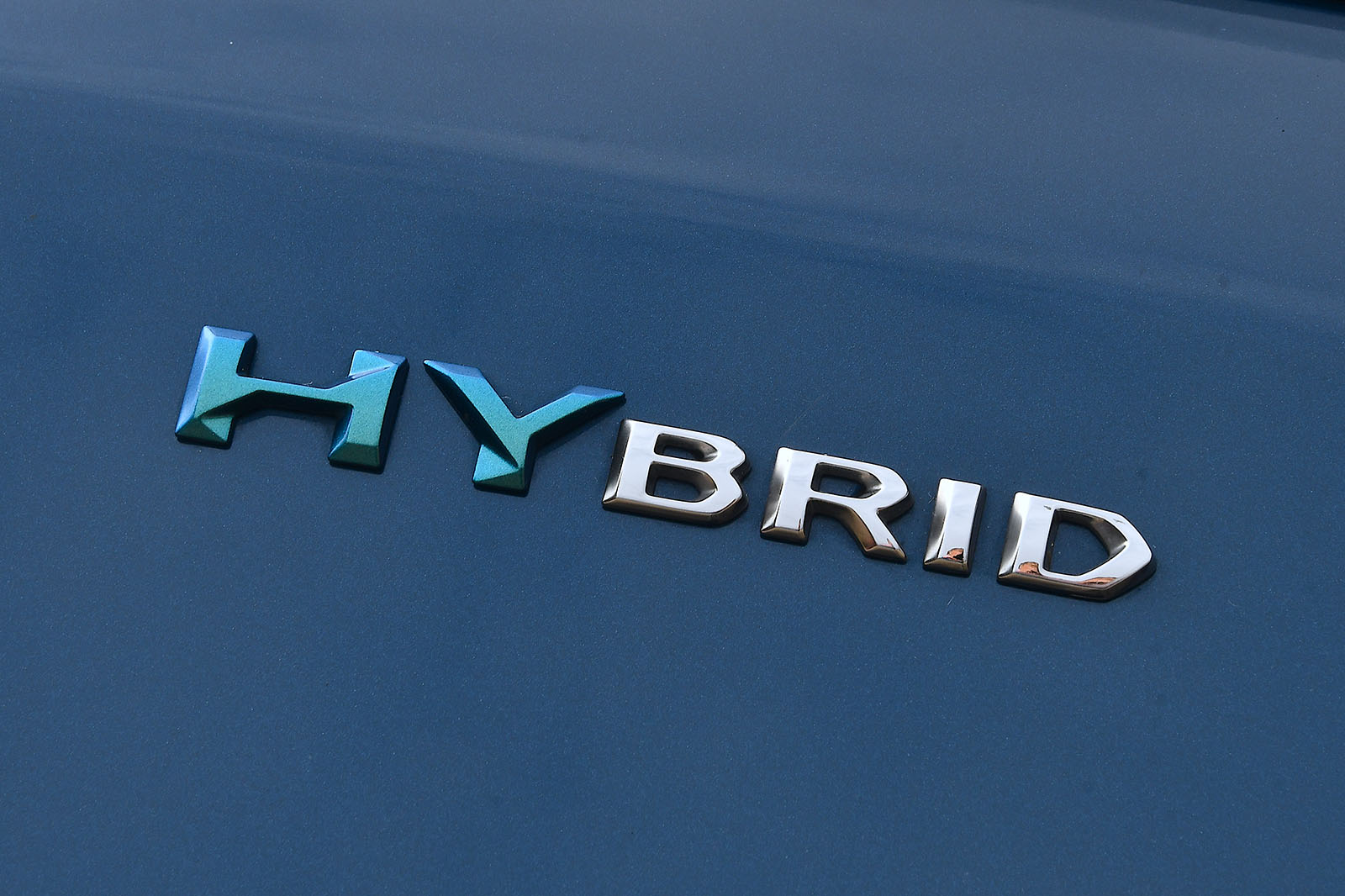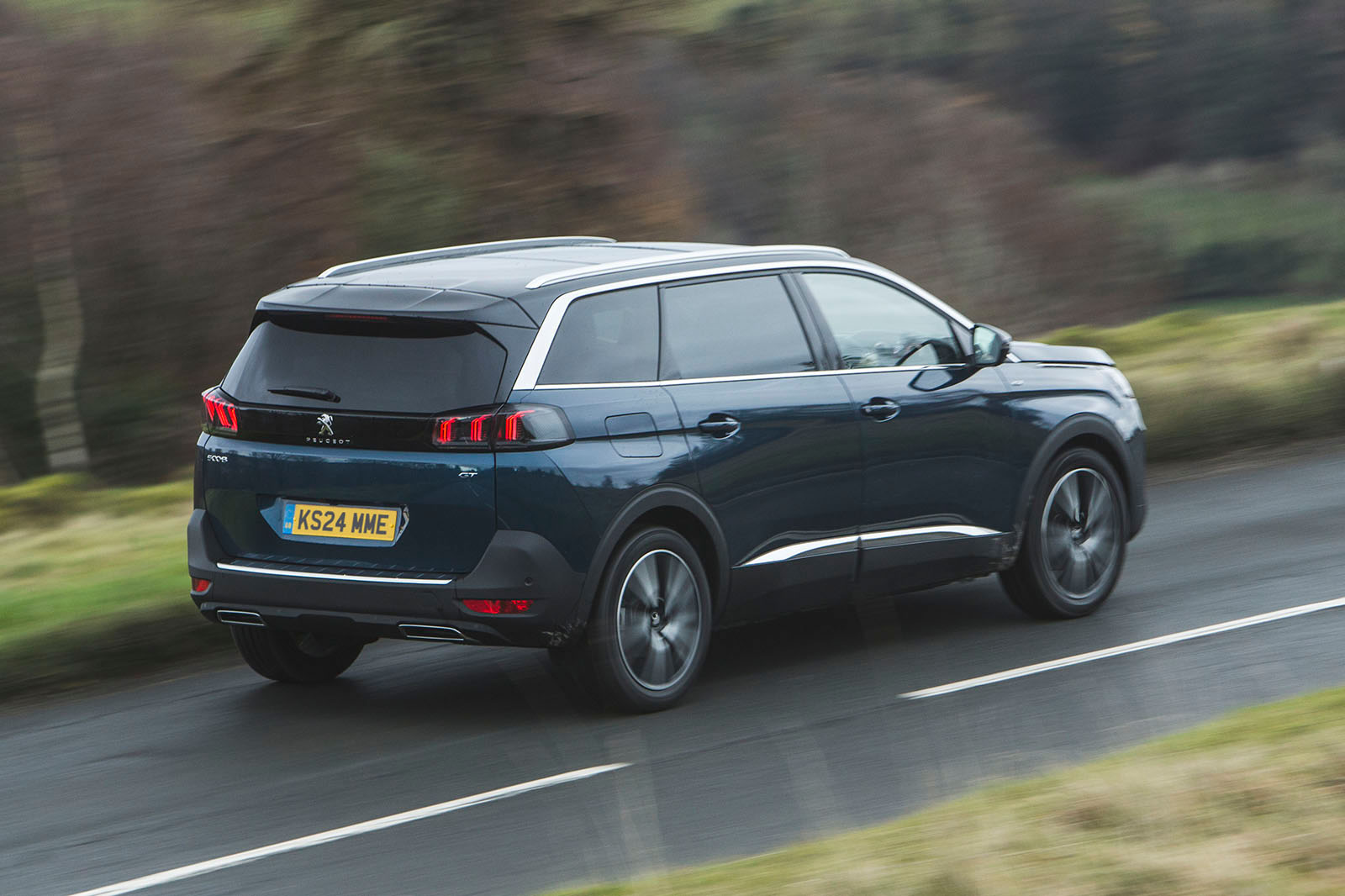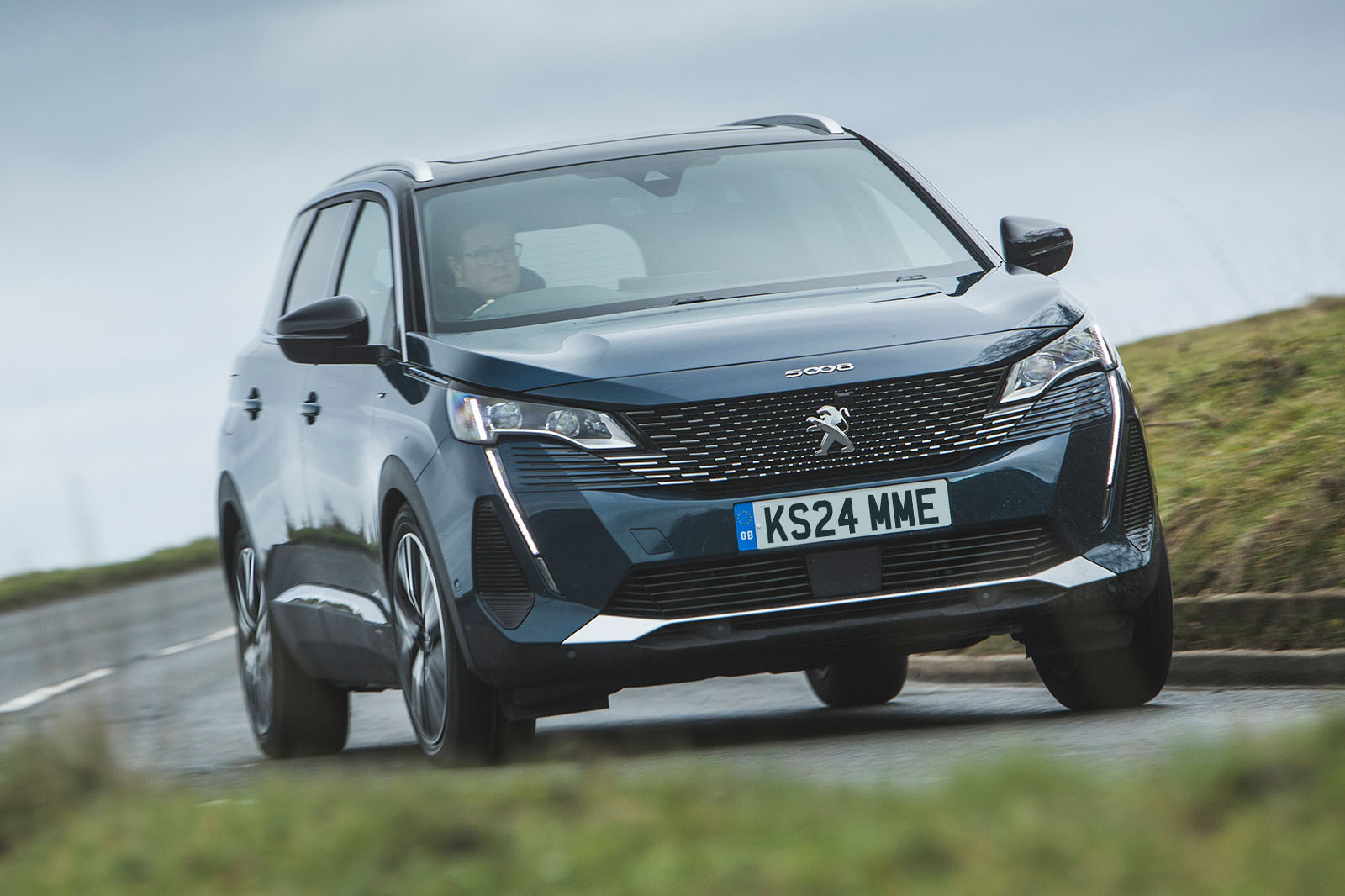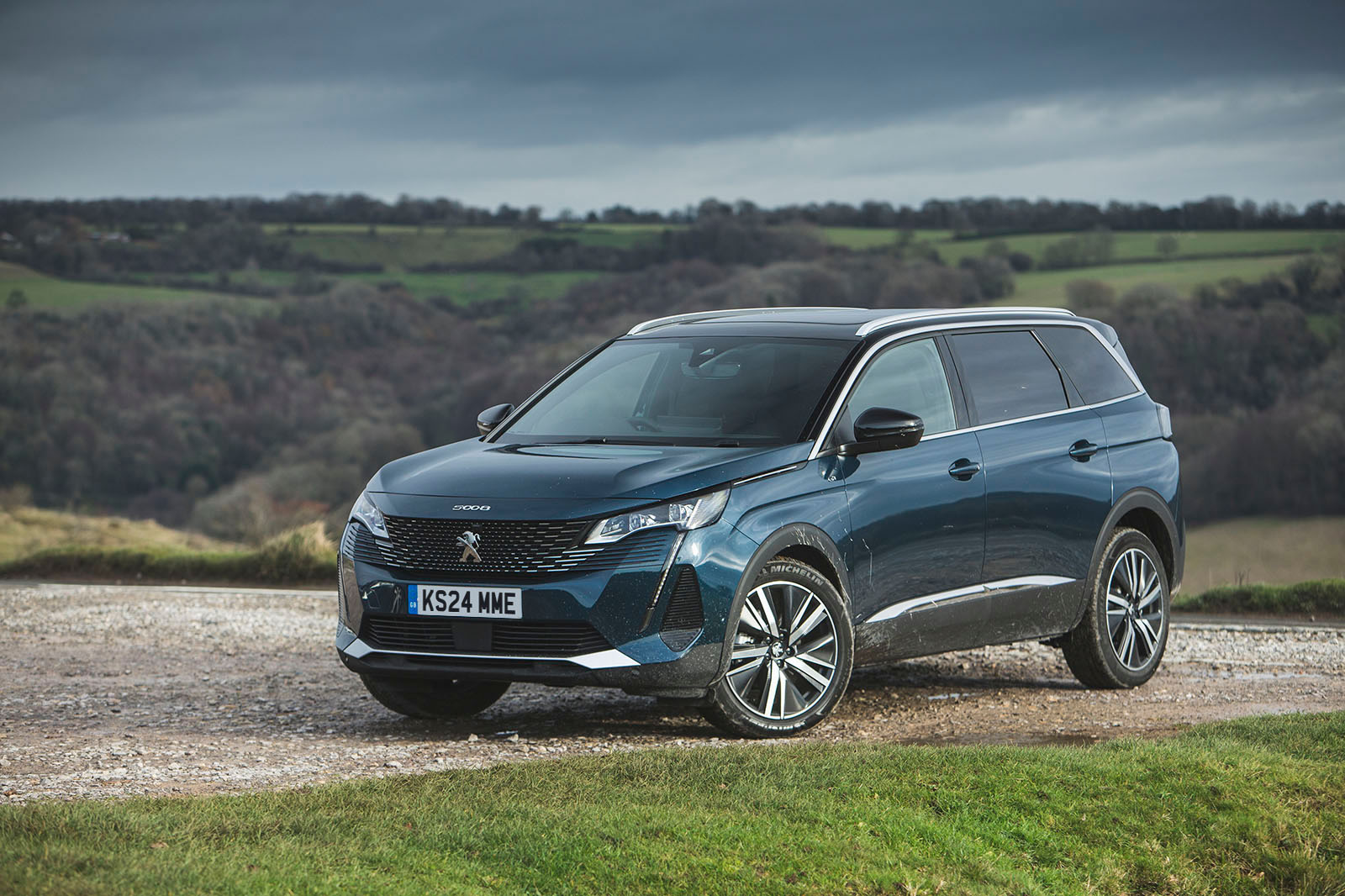When it was launched in 2010, the first-generation Peugeot 5008 was exactly what you’d expect of an MPV. It had an impressively flexible interior, it was an undemanding car to drive, and it adhered doggedly to a one-box appearance.
That it also handled with the dexterity of a smaller car, and undercut the Ford S-Max on price helped seal it a four-star rating from us; but it never amounted to anything more than a determinedly functional product.
Seven years later. though, the 5008’s positioning changed critically. Although there was still no shortage of people who require what a traditional MPV such as that original 5008 offered, far fewer of them actually want to be seen in one.
Instead, they wanted, and continue to want, an SUV - and all the kerbside appeal that goes with it. As a result, Peugeot’s product planners on Avenue de la Grande-Armée devised a second-generation model transformed into a seven-seat, mid-sized, front-drive SUV launched in 2017; and it’s that model which, with a significantly cut down derivative lineup, remains on sale in 2024, until the arrival of a third-generation car later this year.
The 5008 is built on a platform shared with the smaller Peugeot 3008, only with an elongated bodyshell to allow for the fitment of seven seats instead of five. As a member of this increasingly popular clique of cars – and one with unreservedly upmarket objectives at that – it goes up against the likes of the Skoda Kodiaq, Volkswagen Tiguan Allspace, Mercedes EQB and Hyundai Santa Fe.
Given the 5008’s popularity, it was no surprise that Peugeot chose not to mess with a winning formula when it pulled the covers off a revised version in 2020. Subtly redesigned on the inside and out, the family-friendly French machine got an upgraded touchscreen infotainment system and some fresh driver assistance technology; and now, at the beginning of 2024, it gets a new 48-volt petrol-electric hybrid engine as well.



